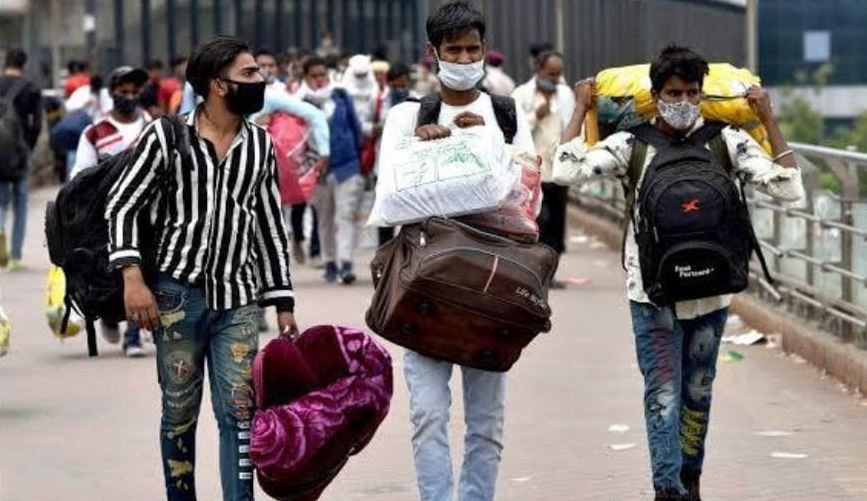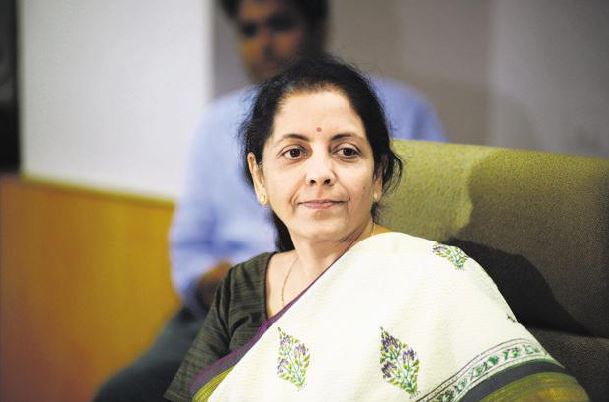
Monetising part of fiscal deficit inevitable: ex-RBI governors and experts
- May 9, 2020
- 0
Former governors of the Reserve Bank of India and other experts believe that the central bank will have to partly monetise the government’s fiscal deficit, which is likely to balloon as it battles the impact of the coronavirus disease (Covid-19). They feel this wouldn’t have much of an inflationary impact in the current situation.
Monetising deficit refers to the exercise of RBI purchasing government bonds directly in the primary market and financing this debt by printing more money.
Former RBI governor C Rangarajan said with expenditures increasing and revenues falling, there was a need for greater borrowing by the government. “Some part of it will have to be monetised,” he said.
It was in 1997, when Rangarajan was the RBI governor, that the policy of automatically monetising the government’s fiscal deficit was done away with. He said the method that was followed at that time led to monetisation of the deficit without limit. At the time, the fiscal deficit was automatically monetised through the issue of special securities called ad-hoc Treasury Bills, issued by the RBI on behalf of the Centre to itself at a fixed rate.
The government had through the Finance Act 2017 enabled the RBI to participate in the primary bond markets to monetise fiscal deficit of the Centre under certain conditions.
Bimal Jalan, who succeeded Rangarajan as RBI governor in November 1997, said, “At the moment we should do whatever we can to provide resources to keep the growth rate at the minimum declining level, increase jobs, raise demand and availability of goods and services.
केंद्र के राजकोषीय घाटे का मुद्रीकरण है जरूरी
भारतीय रिजर्व बैंक के पूर्व गवर्नर और दूसरे विशेषज्ञ मानते हैं कि रिजर्व बैंक को सरकार के राजकोषीय घाटे के कुछ हिस्सों को मुद्रीकरण करना होगा जो कोविड.19 में मुकाबले के कारण बहुत अधिक बढ़ सकता है। उनका यह भी कहना है कि मौजूदा परिस्थिति में यह ज्यादा स्फीतिकारी नहीं होगी।
आसान शब्दों में कहंे तो घाटे के मुद्रीकरण का मतलब है कि रिजर्व बैंक प्रत्यक्ष रूप से प्राथमिक बाजार में सरकारी बाॅन्ड खरीदता है और इस ऋण का भुगतान अधिक पैसा छाप कर करता है।
रिजर्व बैंक के पूर्व गवर्नर सी रंगराजन ने कहा कि खर्च बढ़ने और राजस्व में कमी आने से सरकार की ओर से ज्यदा उधारी जुटाने की जरूरत है। उन्होंने कहा, ‘इसके कुछ हिस्सों का मुद्रीकरण करना होगा।’
रंगराजन 1997 में जब रिजर्व बैंक के गवर्नर थे तब सरकार के राजकोशीय घाटे के स्वतः मुद्रीकरण की नीति को समाप्त कर दिया गया था।
जब इसके बारे में पूछा गया तो उन्होंने कहा कि उस समय जिस खास तरीके को अपनाया जाता था उससे घाटे का बिना किसी सीमा के मुद्रीकरण हो जाता था।
उस समय, केंद्र के राजकोषीय घाटे का विशेष प्रतिभूतियों को जारी कर स्वतः मुद्रीकरण हो जाता था। इन प्रतिभूतियों को तदर्थ ट्रेजरी बिल कहा जाता था, जिसे रिजर्व बैंक स्वयं को ही केंद्र सरकार की तरफ से एक निश्चित दर पर जारी करता था।
सरकार ने वित्त विधेयक 2017 के जरिये फिर से रिजर्व बैंक को कुछ विशेष परिस्थितियों में राजकोषीय घाटे के मुद्र्रीकरण के लिए प्राथमिक बाॅन्ड बाजारों में भागीदारी करने के लिए समर्थ बना दिया।
नवंबर 1997 में रिजर्व बैंक के गवर्नर के तौर पर रंगराजन का स्थान लेने वाले विमल जालान ने कहा, ‘फिलहाल वृद्धि दर में गिरावट को थामने, नौकरियों में इजाफा करने, मांग बढ़ाने और वस्तु एवं सेवाओं की उपलब्धता के लिए स्त्रोत मुहैया कराने की खातिर हम जो कुुछ भी कर सकते हैं, हमें करना चाहिए।’































































